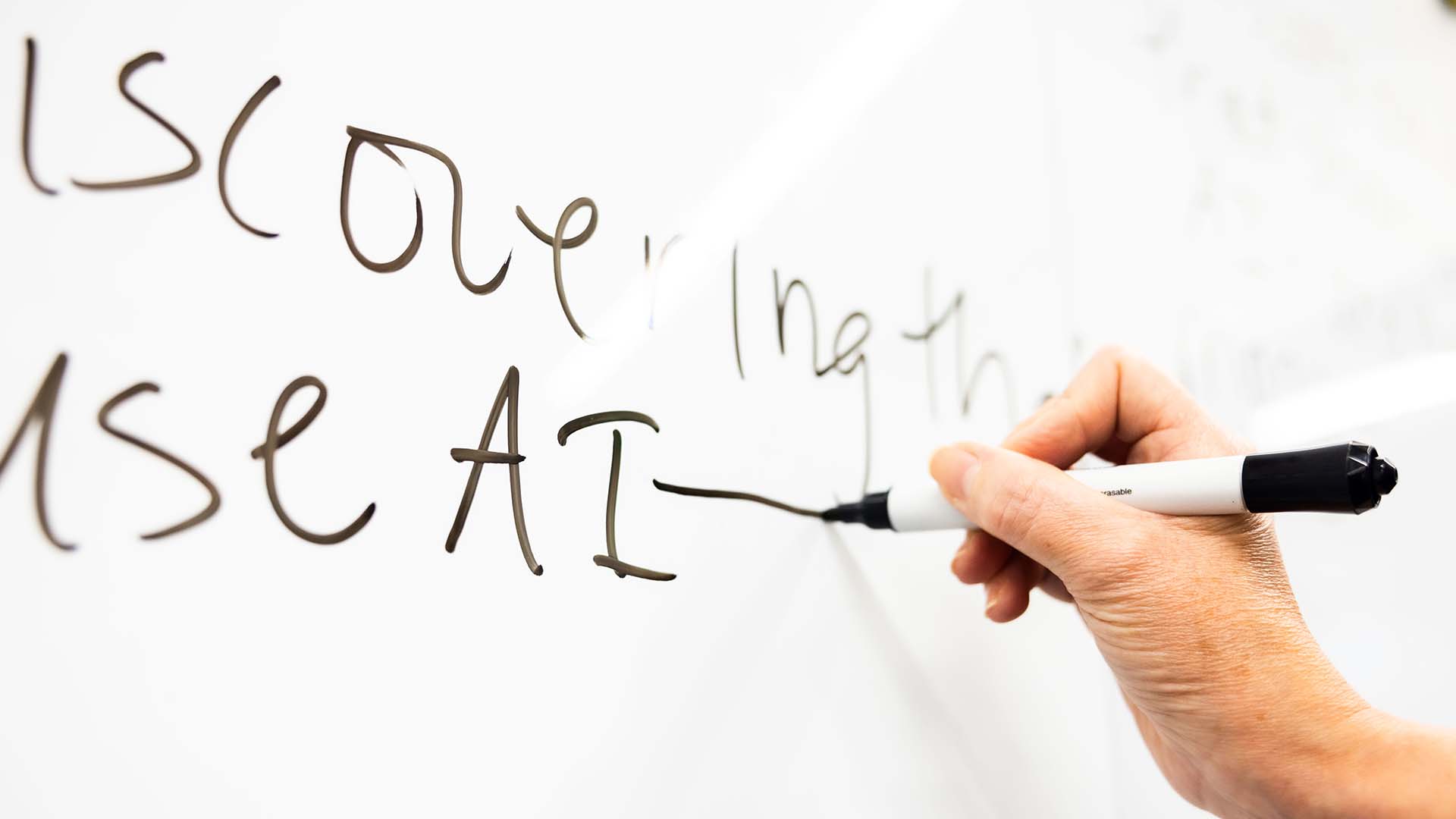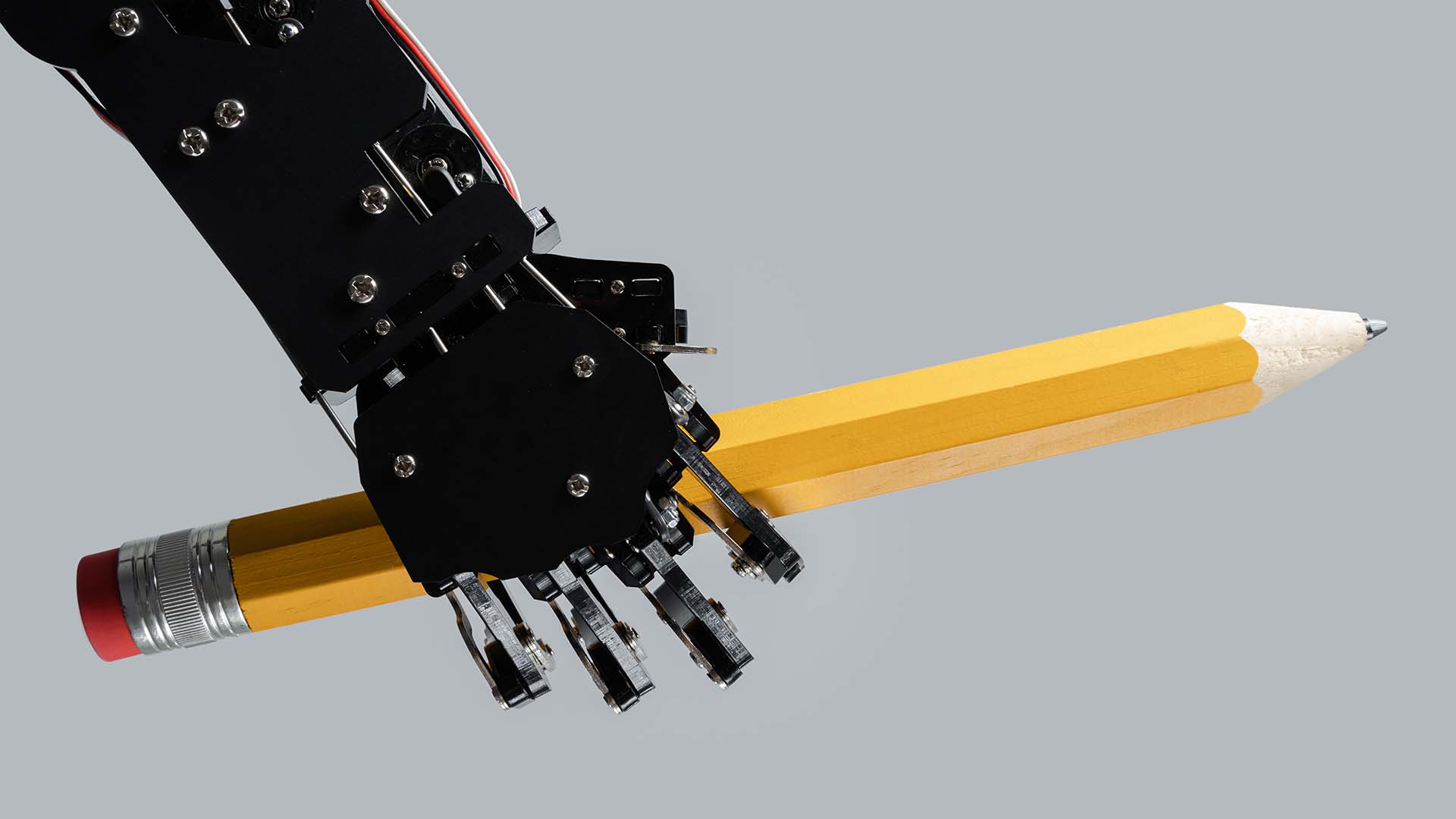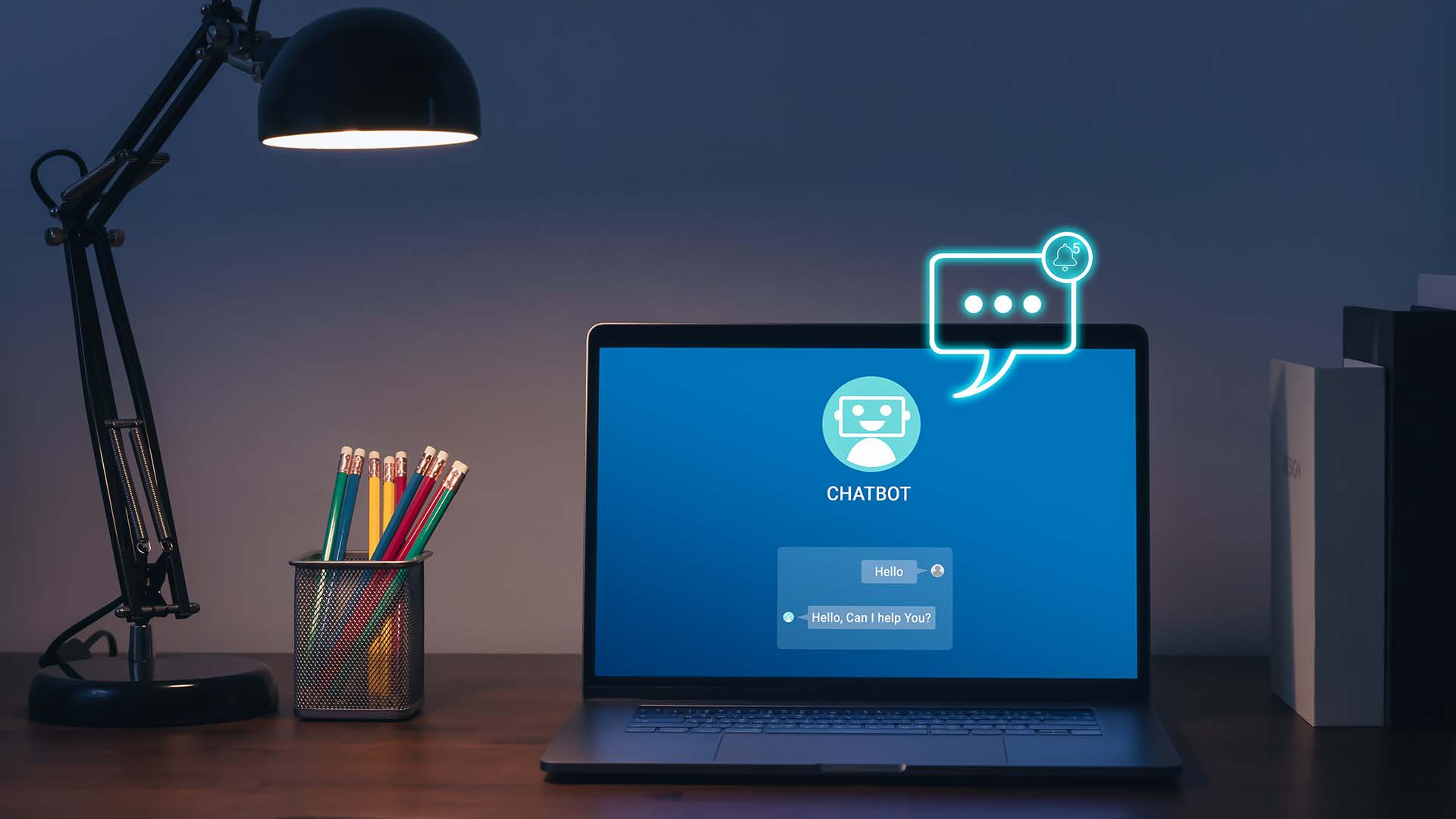A lowly punctuation mark has sparked a fiercely debated AI controversy
Despite what many say on social media, the em dash can signal sophisticated writing, says an English professor.

For decades, the lowly em dash toiled in relative obscurity. Overshadowed by showier punctuation such as the aggressive exclamation point and lacking the mystery surrounding the widely misunderstood apostrophe, the poor em dash, despite its usefulness, suffered neglect. It didn’t help that utilizing it often requires a complex series of keystrokes that casual typists fail to master.
Now, though, the em dash finds itself at the center of controversy raging in online communities from academia to dating sites. Authors, TikTokers, X posters and scribes on media from Reddit to Rolling Stone have devoted thousands of words to arguing the authenticity — or lack thereof — of compositions containing em dashes.
Many have come to equate a prevalence of em dashes in academic papers, among other works, as evidence of AI-generated prose.
Not so fast, said Melissa Root, Ph.D., affiliate faculty in the Metropolitan State University of Denver English Department and Writing Center consultant. “That’s a wrong assumption,” Root said. In online communities she frequents, “People who know how to use em dashes and do use them feel insulted.”
She concedes that “people who know how to use them” may not be as large a subset of writers as English teachers would wish. “It’s a sophisticated piece of punctuation. A lot of people don’t know how to use it properly. “
RELATED: In journalism’s future, AI isn’t all bad news
For the record, Root said, em dashes are not merely overgrown hyphens. They have a place in writing, and when used properly — by humans and chatbots alike — can enhance writing.
“Generally, they are used to set off information in a sentence,” Root said. “There are other pieces of punctuation that can do that, but dashes are the strongest.” Commas can substitute, she said. But those dangling little lines lack the heft of an em dash, which says in no uncertain terms, “Hey! Look here! We’re adding something important to this sentence.”
They are also required if you’re inserting an epigram or quote at the beginning of a paper or essay. “You put the em dash before the author’s name,” Root said.

Their usefulness has not prevented em dashes from being abused and, lately, maligned. Last spring, Brent Csutoras, co-founder of ZipTie.ai, described on LinkedIn his efforts to rid AI copy of the offending — to his mind — punctuation. “I managed to strip out almost every recognizable AI signature, except for one,” he posted. “That stupid, stubborn, persistent em dash.”
With name calling like that, it’s no wonder that em dash fans like Root take offense. So, apparently, does the em dash itself. In a McSweeney’s editorial called “The Em Dash Responds to AI Allegations,” the punctuation mark, AKA writer Greg Mania, posted, “The real issue isn’t me — it’s you. You simply don’t read enough. If you did, you’d know I’ve been here for centuries. I’m in Austen. I’m in Baldwin. I’ve appeared in Pulitzer-winning prose, viral op-eds and the final paragraphs of breakup emails that needed ‘a little more punch.’”
Root sees it that way, too. But she cautions students, academics and writers generally that her pro-punctuation posture should not be taken as a sign that she and others aren’t paying attention to telltale trademarks of AI.
Antonio Fierro, a Business Administration major at MSU Denver, said he’s not worried, because he doesn’t rely on AI anyway. “I don’t like it for writing,” he said. “I’d rather use my own mind.”
That’s philosophy that probably will serve him well. Root said that AI-generated prose — with or without em dashes — just doesn’t meet her standards yet. “It usually doesn’t score very well. I grade on merit. And AI prose generally isn’t going to get higher than a C.”







